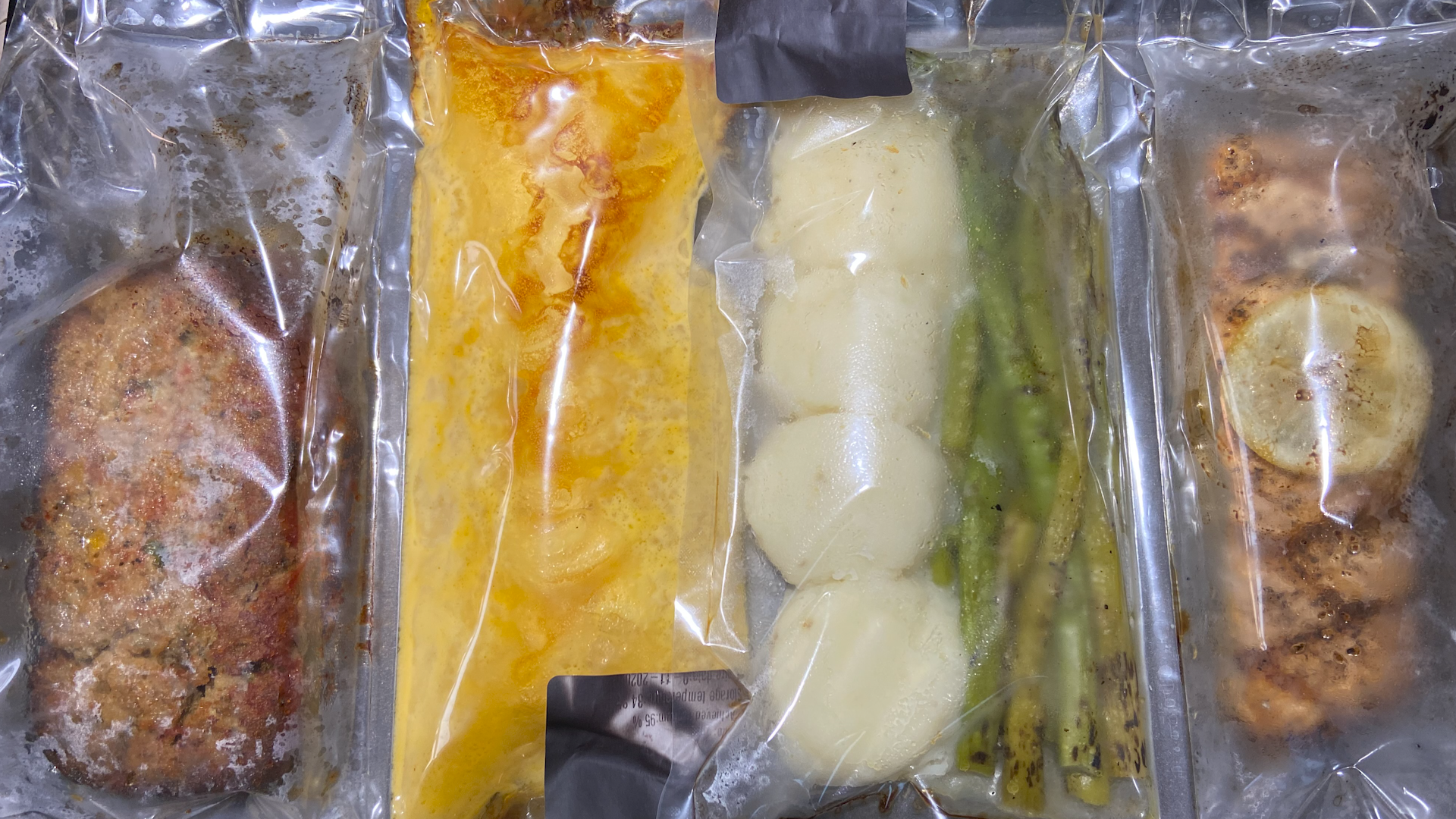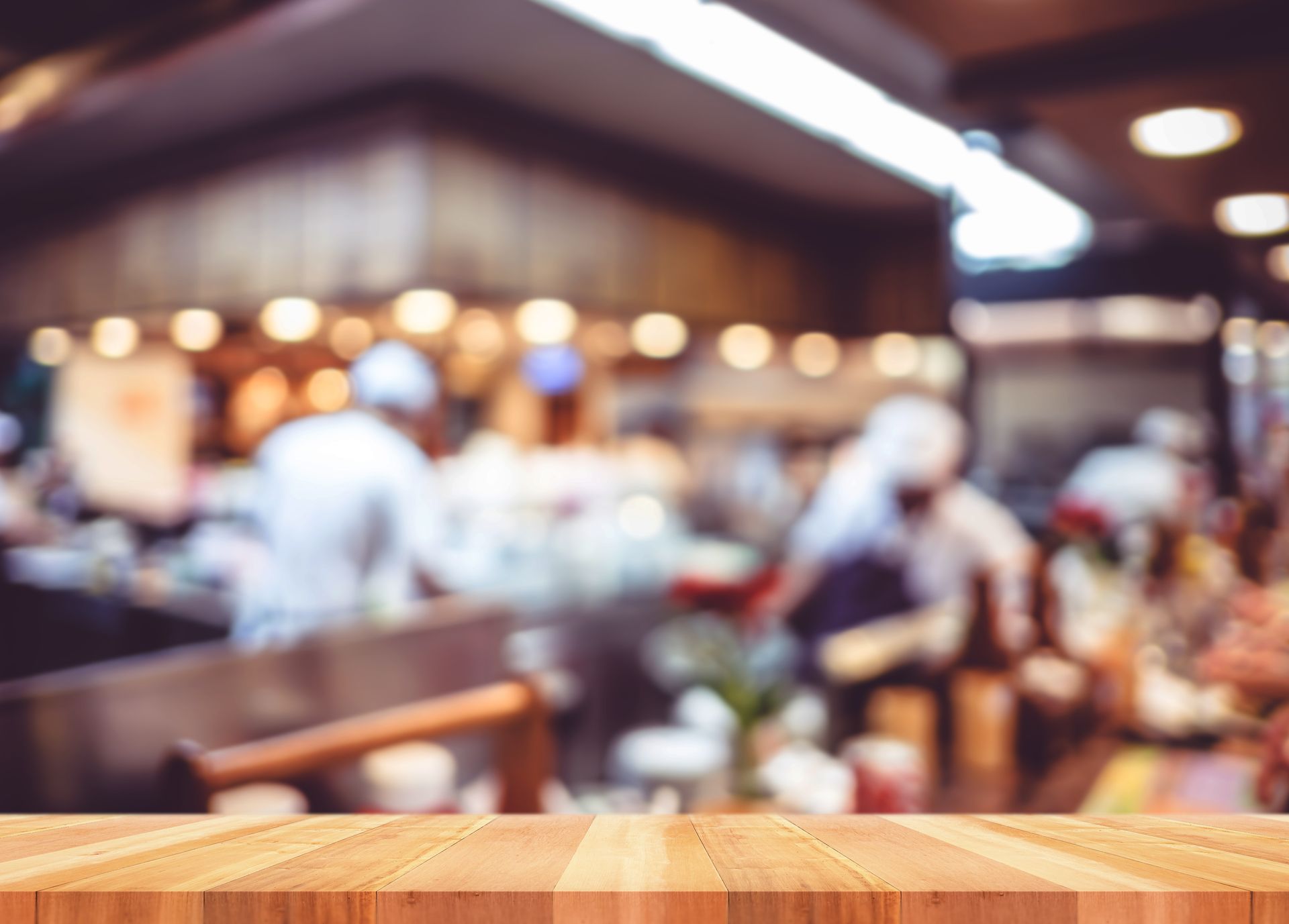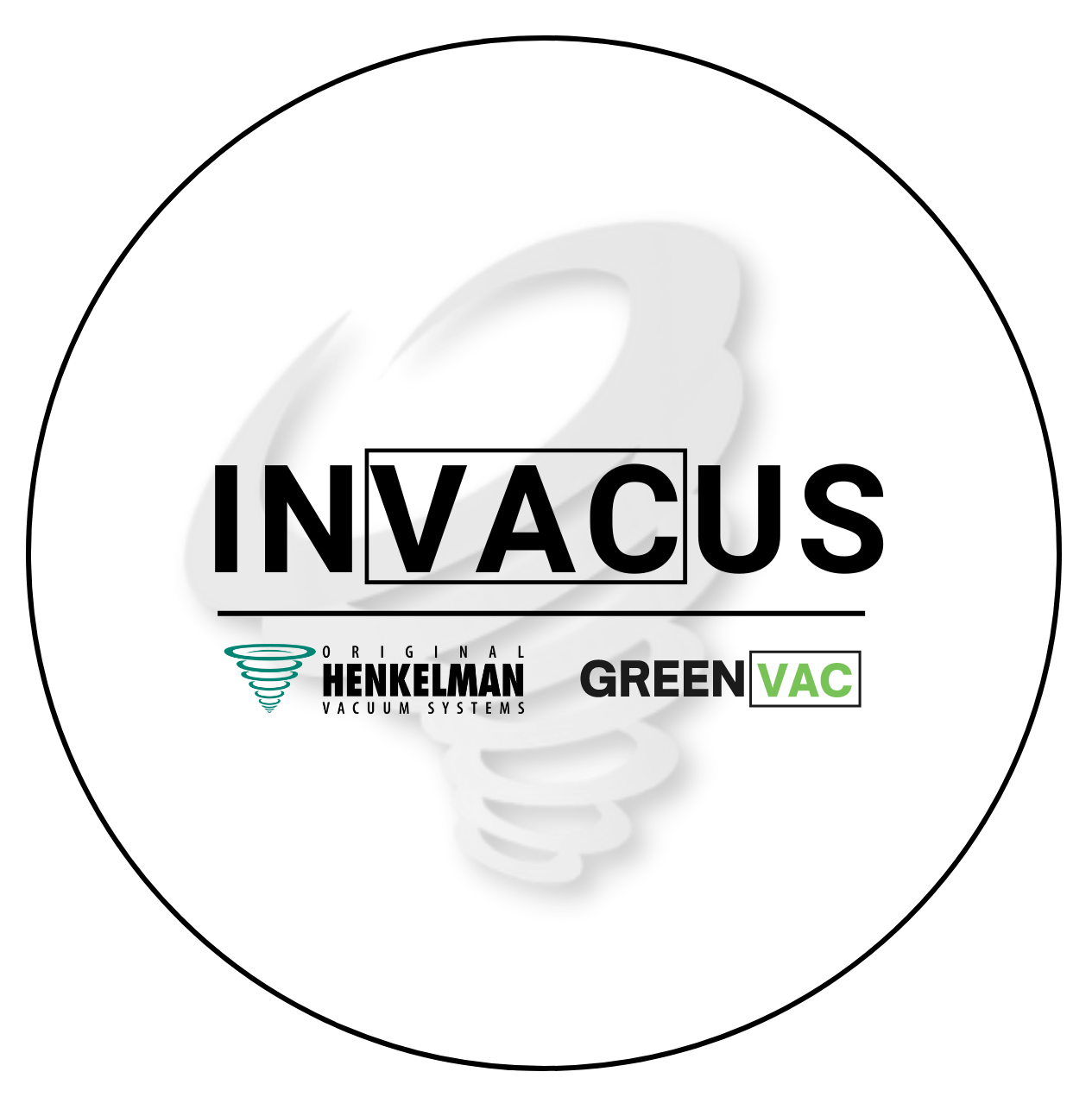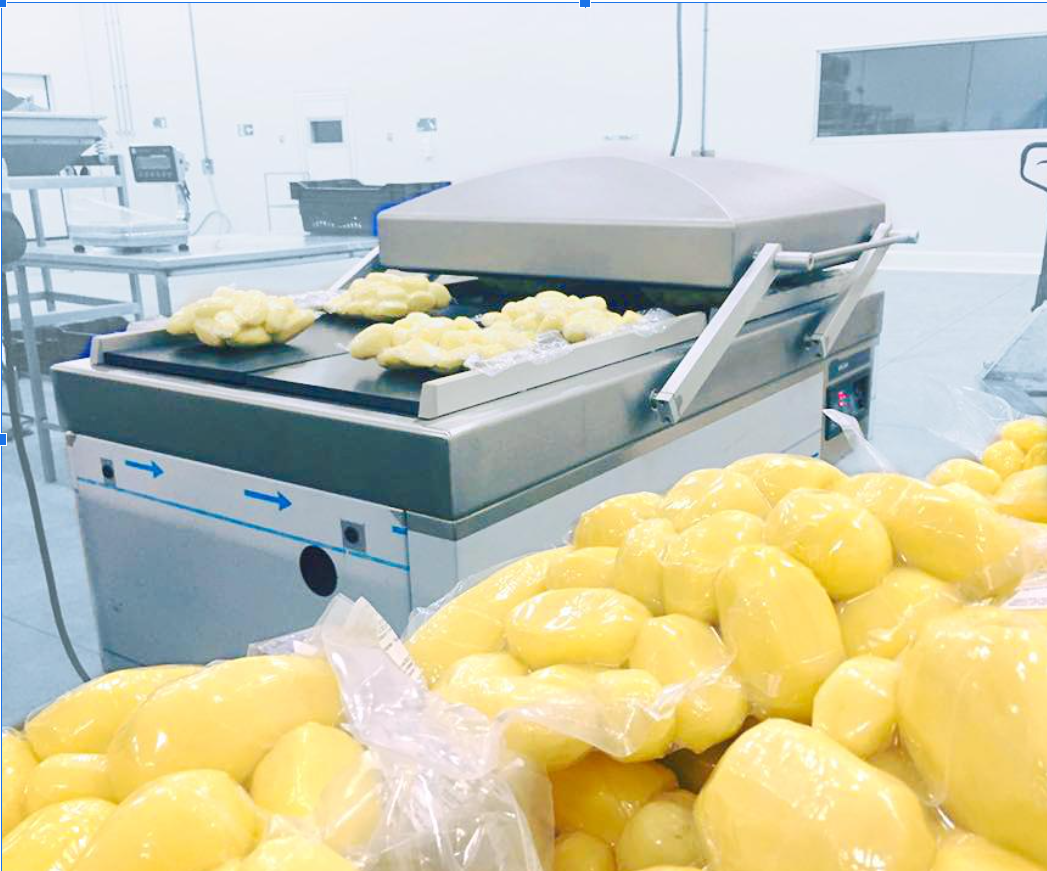The Ultimate Guide: Henkelman Chamber Vacuum Sealers
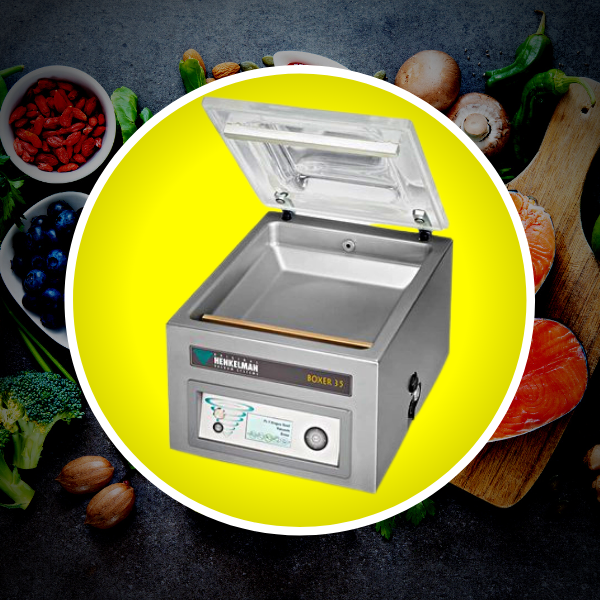
The Ultimate Guide: Henkelman Chamber Vacuum Sealers
In this guide, we’ll aim to give a complete overview of Henkelman Chamber Vacuum Sealers while answering some of the more common questions surrounding vacuum packaging machines as a whole.
- How long do Chamber Vacuum Sealers last?
- What is the most reliable Vacuum Packaging Machine?
- What is the advantage of a chamber vacuum sealer?
- Is a chamber vacuum sealer worth it?
- Chamber Vacuum Sealers & Sous Vide!
- Fit for food packaging and non-food packaging
And of course, if we don’t answer your vacuum sealer questions in this post — you can always speak to an expert at Invacus.
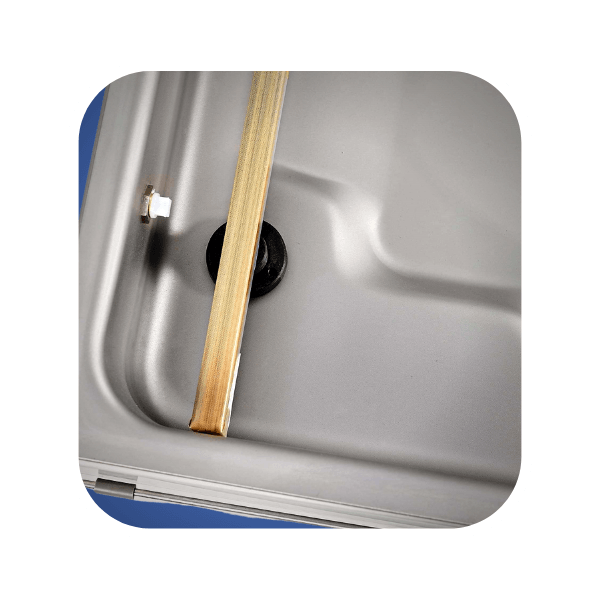
Chamber Vacuum Sealer Overview
When properly used, a great vacuum sealer can help take any commercial foodservice operation to the next level! The features we’ll be discussing are local to the Henkelman vacuum sealer “CombiVAC” units, but similar functionality can be found across the industry with limitations.
To begin, we will answer some of the most popular questions we encounter from foodservice professionals regarding single chamber vacuum machines.

How long do Chamber Vacuum Sealers last?
When properly maintained, professional vacuum packaging machines should last for years without significant issues.
Every Henkelman vacuum packaging machine is covered by a 3-year warranty on parts and a 1-year warranty on labor. This includes coverage of the powerful vacuum pump by Busch.
What is the most reliable Vacuum Packaging Machine?
While the commercial foodservice and food packaging industry does not have a central consumer reports authority, Henkelman vacuum sealers are a highly respected brand as a manufacturer of professional vacuum packaging machines since 1994. Henkelman is ETL certified, and all machines meet CE standards.
For these reasons, Henkelman now ships over 15,000 Henkelman machines to 80 countries per year.
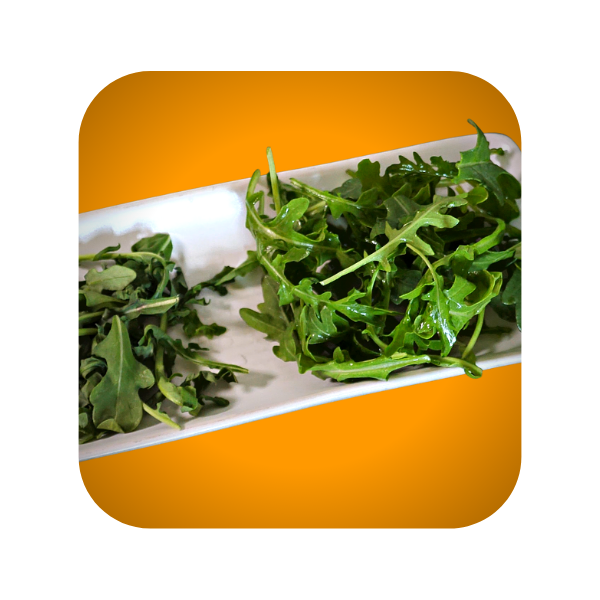
Soft Air - Vacuum Seal Food Packaging
What is the advantage of a chamber vacuum sealer?
Chamber sealing removes the air from the chamber thereby allowing the air pressure inside and out of the bag to equalize, allowing liquid to securely stay inside the bag.
Because it doesn’t suction like one might think, vacuum packaging of liquids like soup and liqueurs is possible.
Additionally, commercial foodservice kitchens have a lot of different pieces of equipment, and it can be tough to know which one is most advantageous for your commercial kitchen’s needs — which often vary by industry market segment.
Henkelman CombiVAC vacuum packaging machines are some of the best on the market and offer a variety of solutions for every operation, so let’s take a closer look at them!
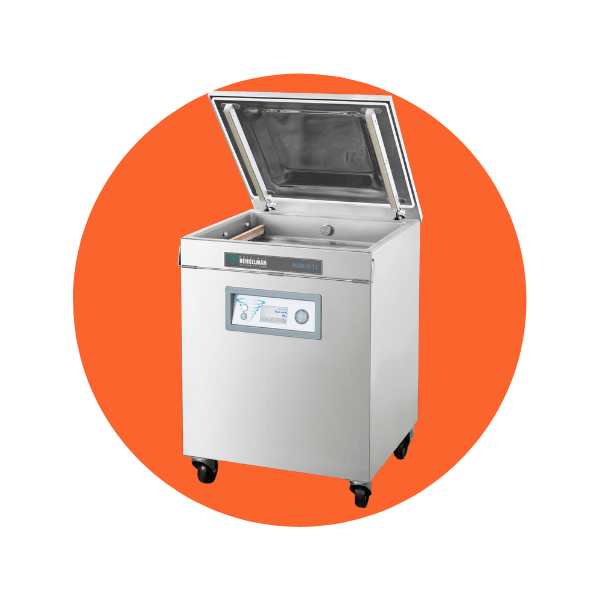
With A Larger Busch Pump The Henkelman Marlin Is One Of The Most Reliable.
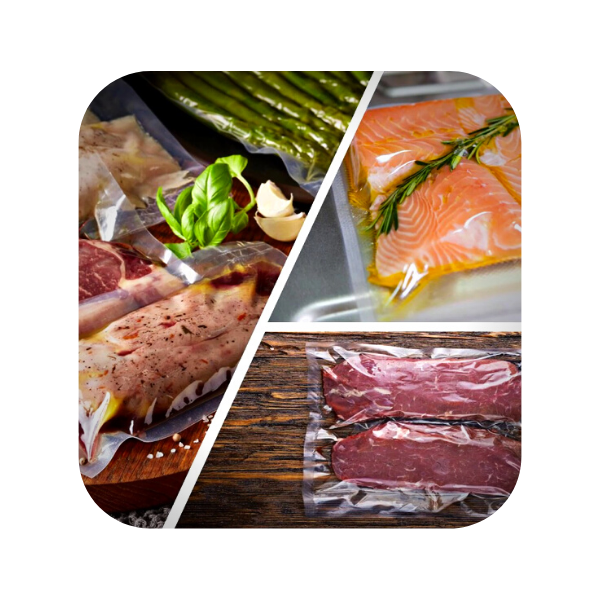
Proteins - In A GreenVAC Vacuum Seal Bag
Henkelman CombiVAC Advantages:
- Versatility
- Wet & Dry Goods Packaging
- Accuracy & Consistency
- Eliminates External Influences
- Easy To Use
- Easy To Maintain
The main advantage of Henkelman machines is that they are extremely versatile.
They can be used for both wet and dry goods packaging, which means they can handle a wide range of products. Additionally, these machines have a very high level of accuracy and consistency, making sure your food is sealed perfectly every time.
This advanced level of airtight vacuum packing control extends food products shelf life beyond what would normally be expected. Using a vacuum sealer with a high-quality vacuum seal bag prevents cross-contamination, freezer burn, and bacterial growth simply by eliminating external influences!
We might suggest you take a look at the GreenVAC Pure, Performance, or Preserve vacuum seal bags from Invacus!
Another advantage of a Henkelman chamber vacuum sealer is that they are very user-friendly. Henkelman’s Boxer, Marlin, and Polar vacuum packaging machines come standard with the easy-to-use CombiVAC pre-programmed functions that make advanced techniques like marinating meat, tenderizing meat, and soft-air sealing otherwise difficult to package food products just part of the routine! That makes them the perfect vacuum packaging machine for any kitchen staff member, regardless of experience level.
Additionally, did we mention these machines are very durable and require minimal maintenance?
Standard On All CombiVAC Units:
- Time Control
- Liquid Control
- Sensor Control
- ETL Certified
- Exceeds CE Standards
- Stainless Steel Chamber
- Available Shelves Mobile Rack
- Service Cycle
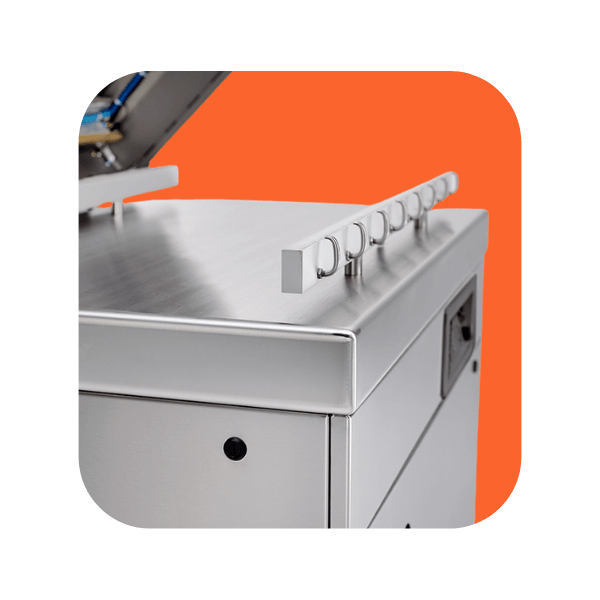
The Polar Double Chamber Vacuum Seal Machine
Boxer
The Henkelman Boxer vacuum packaging machines are standard equipped with CombiVAC full-color control panels to help you meet all of your food packaging needs!
- 20 Program Memory
- USB Connection
- Small Footprint Table-Top Units
Marlin
The Marlin vacuum packaging machines are ideal for large kitchen operations and small to medium-sized production facilities. These single chamber vacuum sealers stand roughly countertop height from the floor and provide world-class reliability and performance with their larger Busch vacuum pump.
- Double Seal Bar – Standard
- Standard Soft Air Function
- Optional: Cut-off or Wide Seal Bars (No Additional Cost)
Polar
The Polar series is the only Henkelman vacuum sealer with a double chamber! If your operation has a demand for high-volume food packaging, then this is the vacuum sealer series for you. The Polar series is highly customizable with features like gas flush and an automatic lid.
- Flat Working Plate
- MAP Functionality
- Double Seal Bar – Standard
- Easily Removeable Seal Bars For Cleaning
Hopefully, the advantages of a chamber vacuum packaging machine are now clear at least when it comes to Henkelman machines! Let’s take a look at the ROI of professional vacuum packaging machines next, by examining a popular question.
Is a chamber vacuum sealer worth it?
The short answer is yes!
Having the ability to preserve food products while extending shelf life allows you to save valuable space while simultaneously reducing food waste.
Did you know nearly 40% of all food in America is wasted?
Think about that for a second. As a commercial foodservice operator, the number is even higher at approximately 61%.
That’s a whole lot of money that is literally being thrown away!
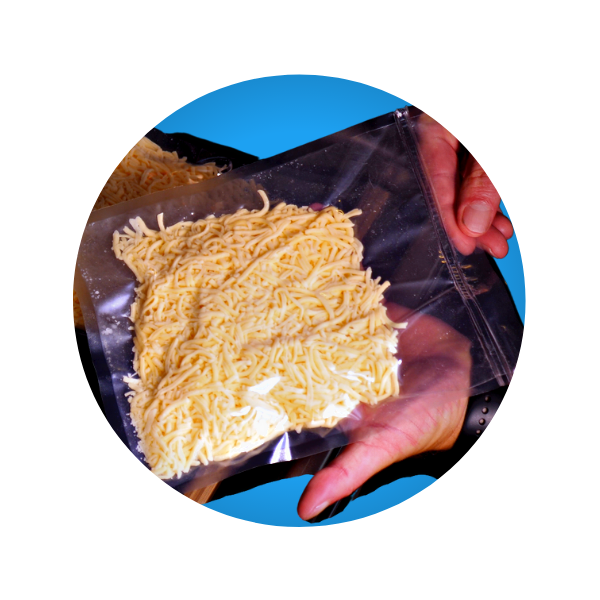
GreenVAC Vacuum Seal Bags - Shredded Cheese
Vacuum packing is versatile and provides a real solution to a very real and expensive problem.
With a Henkelman — even the simplest commercial kitchen operations can realize an excellent return on investment over the lifetime of your vacuum packaging machine.
As you might be realizing, single chamber vacuum sealers deliver a lot more to the kitchen than just extended shelf life!
Let’s talk about a culinary industry favorite next.
Sous Vide!
Sous-vide, which literally translates to “under vacuum” is a simple cooking technique that ensures every product is cooked at exactly the right low temperature, typically in a bath or combi-oven.
The key is to have the food products vacuum-sealed in a food-safe vacuum seal bag that is made to be submerged underwater.
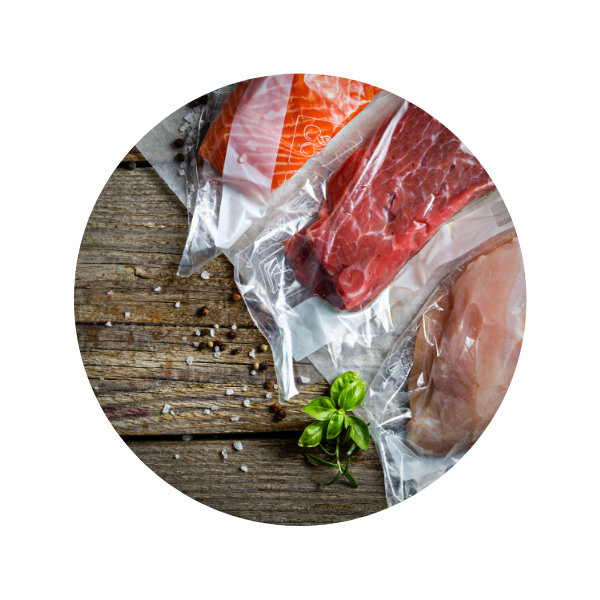
Single Chamber Vacuum Sealers Are Excellent For Sous Vide Proteins
Henkelman's benefits to Sous Vide cooking:
- Consistent high-quality
- 100% natural, healthy cooking
- A true time-saver
- Cost-efficient cooking method
- Optimized kitchen organization
- Suitable for small and large groups
Additionally, chefs love the sous vide method because it reduces the risk of bacteria entering the food products since the food products are sealed in an airtight vacuum seal bag and naturally pasteurized.
If you’ve never tried sous vide prepared food, it’s a definite must!
Fit for food packaging and non-food packaging:
No matter what type of product you need to package, Henkelman CombiVAC Boxer, Marlin, and Polar lines are sure to deliver a top-of-class solution whether it’s for food packaging or non-food packaging!
Non-Food Applications
Non-food applications for chamber vacuum packaging machines are becoming increasingly popular due to the ever-growing demand for aseptic processing.
What Is Aseptic Processing?
Aseptic processing is a method of product processing that does not require refrigeration or freezing and it’s the preferred method for packaging products such as pharmaceuticals, cosmetics, and medical devices.
The benefits of non-food aseptic processing are:
- Increased product shelf life
- Improved product safety
- Reduced energy consumption
Chamber vacuum sealers make the perfect machine for aseptic processing as they can reach higher vacuuming pressures than other types of vacuum sealers, such as a rotary vane pump vacuum sealer.
In fact, Henkelman vacuum sealers boast an industry-best 99.8% vacuum which is essential for keeping easily compromised medical products protected from mold.
Food Applications
Let your imagination run when it comes to vacuum sealer applications for food products!
Here are a few of the basics vacuum sealing food applications:
- Vacuum sealing meat, poultry, and fish individually or in bulk for cooking or marination
- Prepping fruits and vegetables for juicing or atmospheric dehydration
- Sealing bread, pastries, and other baked goods to extend freshness
Beyond the basic vacuum sealer functions for food, the Henkelman CombiVAC can expertly assist with tenderizing & marinating meat, wet aging meat, extracting trapped air from airy foods like pulled pork and mashed potatoes, and sealing sharp food items with soft air function.
One of my personal favorite features unique to Henkelman CombiVAC vacuum sealers is the “Red Meat” function, which uses short and fast air injections to stop the degassing of meat during the sealing phase.
This prevents the formation of air pockets in the product which causes discoloration.
Conclusion
As you can see, there are endless possibilities with different ways to use a Henkelman vacuum sealer to improve your commercial kitchen’s prep line and efficiency.
I highly recommend giving one a try if you’re looking for a top-of-the-line machine that will handle all of your vacuum packaging needs and make a major impact on your bottom line!
Not only are professional vacuum packaging machines a valuable tool in the kitchen, but they’re also a core pillar in the battle to help achieve Zero Food Waste in America!
If you’re looking for the best way to upgrade your kitchen and maximize your return on investment – look no further than a Henkelman with CombiVAC!
